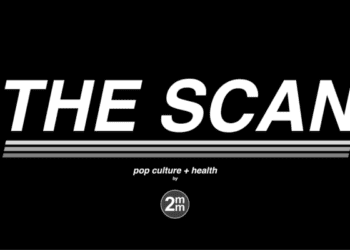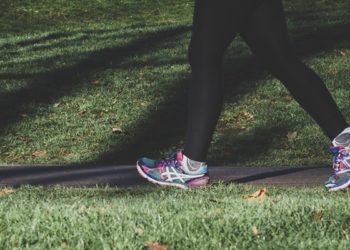Statin use linked with slightly lower physical activity in men
1. Statin users had lower baseline Physical Activity Scale for the Elderly (PASE) scores, and the decline in points per year on the PASE scale was not statistically significant between statin users and non-users.
2. For new statin users, PASE scores declined at a faster rate than for non-users. Accelerometer data also suggested more sedentary behavior in the statin user group.
Evidence Rating Level: 2 (Good)
Study Rundown: With the recent change in ACC/AHA cholesterol guidelines, over 13 million Americans who did not qualify for statins before will now be eligible to receive them. However, statin use is also associated with adverse effects of muscle pain, fatigue, and ultimately with decreased physical activity. In this study, cross-sectional and longitudinal relationships between physical activity and statin use were examined for up to 6.9 years based on a patient cohort from a large observational study of older men called the Osteoporotic Fractures in Men Study (MrOS). The study found that statin users had lower activity levels at baseline, and the decline in activity per year was not statistically significant between users and non-users. In addition, it was also noted that PASE scores declined at a faster rate among new statin users.
Strengths of the study include the large number of patients enrolled and the long duration for which the patients were followed. The researchers also realized the limitations of the self-reported PASE questionnaire. Therefore, they used an accelerometer for the third visit and found more sedentary behavior in statin users. It should be noted, however, that this is an observational study including only men. Also, although adjustments were made for medical history and confounding factors, risk for residual confounding remains. Finally, statins have proven benefits for primary and secondary prevention of cardiovascular events. To make any meaningful change to everyday practice, it would have to be proven that the gain in physical activity levels from discontinuing statins would reduce cardiovascular events further.
Click to read the study, published today in JAMA Internal Medicine
Relevant Reading: Effect of statins on skeletal muscle function
In-Depth [prospective cohort]: As noted above, the authors in this study used data from the MrOS study, a multicenter prospective cohort study of men older than 65 years of age. Physical activity as reported by the patients was collected the PASE questionnaire at baseline and two follow-up visits. At the third visit, accelerometer-based metabolic equivalents (METs), minutes of moderate activity, vigorous activity, and sedentary behavior were recorded. For the cross-sectional analysis, 4137 men met the criteria. 989 men were statin users and 3148 were non-users.
Statin users were more likely to report a previous MI, stroke, diabetes, and hypertension. At baseline, the difference between the users and the non-users was -5.8 points (95% CI, -10.9 to -0.7). For the longitudinal analysis, 24% were prevalent users, 28% were new users, and 48% were non-users. PASE scores decreased by a mean of 2.8 points/year for users and 2.5 points/year for non-users (no statistical significance). PASE scores declined at a faster rate among new users as compared to non-users (0.9 points; 95%CI, 0.1-1.7). Accelerometer data that was available for 3071 men showed that statin users engaged in fewer minutes of moderate and vigorous activity.
Image: CC/Wiki
©2012-2014 2minutemedicine.com. All rights reserved. No works may be reproduced without expressed written consent from 2minutemedicine.com. Disclaimer: We present factual information directly from peer reviewed medical journals. No post should be construed as medical advice and is not intended as such by the authors, editors, staff or by 2minutemedicine.com. PLEASE SEE A HEALTHCARE PROVIDER IN YOUR AREA IF YOU SEEK MEDICAL ADVICE OF ANY SORT.







